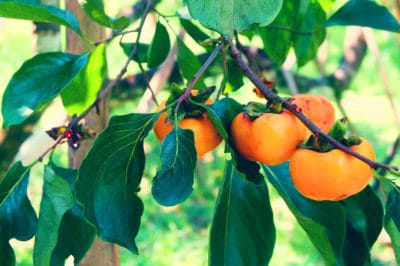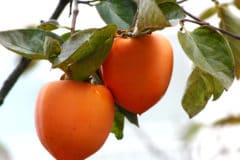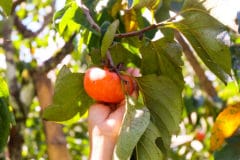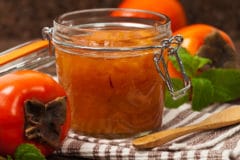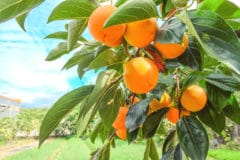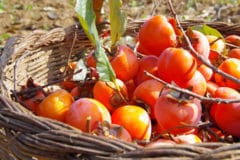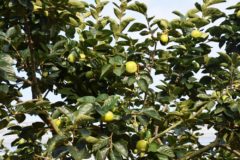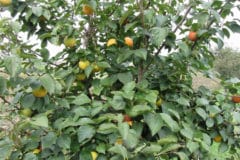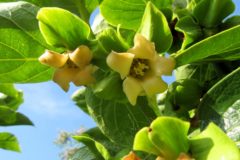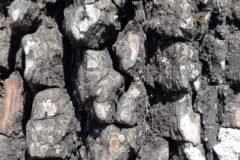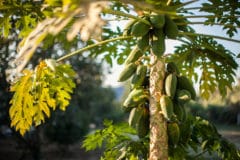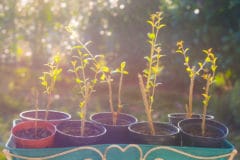Top Persimmon-Producing Countries
Most of the persimmons not grown in China come from (in descending order of production):
- South Korea
- Spain
- Japan
- Brazil
- Azerbaijan
- Uzbekistan
- Israel
- Italy
- New Zealand
U.S. Growers
Although the U.S. doesn’t make the Top Ten list, California, Florida and southeast Texas all have commercial operations. But 99 percent of the U.S. crop comes from these four California counties:
- San Diego
- Tulare
- Fresno
- Sutter
Persimmon Growing Requirements
Oriental persimmons survive winter cold in U.S. Department of Agriculture plant hardiness zones 7 through 10, depending on the cultivar. Minimum temperatures in those zones range from 0°to 35°F (-17.7 °to 1.6°C). Much more cold-tolerant American persimmons grow in USDA zones 4 through 9, with winter lows from -30° to 20°F (-34.4 to -6.7°C).
Both varieties need from 3 to 4 feet of water per year, with irrigation supplying what rainfall doesn’t. And neither copes well with desert heat.
Persimmon trees aren’t too picky about soil, but they’ll fruit most heavily in sandy, well-draining loam with a mildly acidic to neutral pH of 6.0 to 7.0. Just don’t plant them where the soil can remain waterlogged for an extended time. They also need six or more hours of daily sun.
Time to Fruit
Female American persimmon trees growing in the wild need from seven to 10 years to produce fruit. Home gardeners who don’t want to wait that long can plant an already-started ‘Meader’ cultivar and have a harvest in just three to four years.
Oriental persimmons started from seed should fruit within seven years, while grafted ones need only three to five.
Widely Available Persimmons
Only a small percentage of the more than 2 thousand Oriental persimmon cultivars are available to home gardeners. They include astringent varieties too bitter to eat until fully ripe and non-astringent ones edible picked straight off the tree.
Widely available astringent persimmons include ‘Hayichi,’ ‘Honan Red,’ ‘Ormond’ and ‘Lindy’s Giant.’ For non-astringent fruit, look to ‘Fuyu,’ ‘Giant Hanafuyu,’ ‘Jiro’ and ‘Izu.’
Expert gardener’s tip: Astringent persimmons ripen most quickly when sealed in a plastic bag with ethylene-producing apples, bananas or tomatoes.
